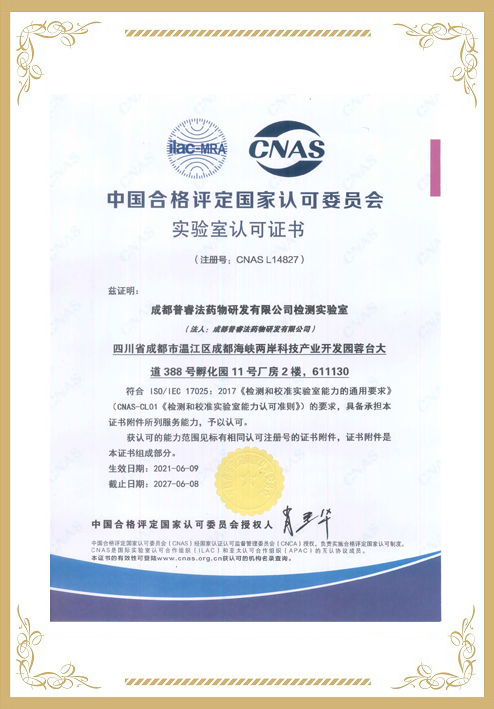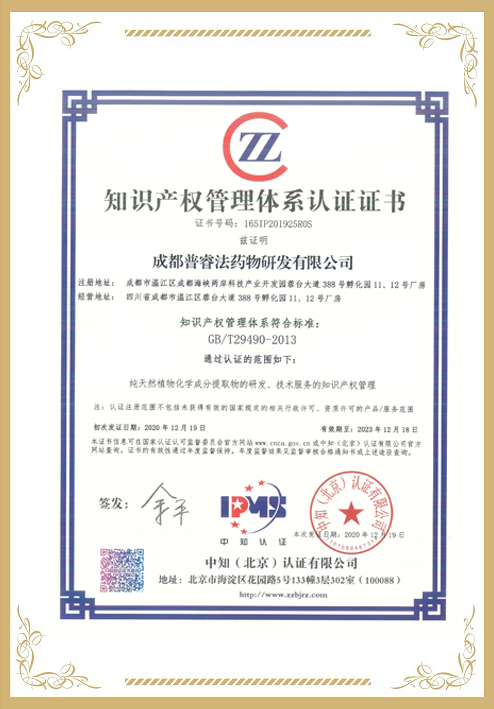在线咨询
联系电话:
销售:
400-829-7929(7*24小时)
028-
82633860
028-
82633397
028-82633165
技术服务和产品定制:
028-82633987
在线服务:
沈帅  文静
文静 
贺丹丹 


销售微信1
销售微信2
文献信息
Chemical defence effective against multiple enemies: does the response to conspecifics alleviate the response to predators?
- Animals living in groups with high conspecific densities typically decrease their level of plastic anti-predatory defence, because its benefits diminish with reduced per capita predation risk (a benefit of aggregation), whereas its costs increase due to intensifying competition and increased infection risk. Furthermore, phenotypic responses that provide protection from predators are also often disadvantageous against competitors and infections.
- Such a trade-off may be absent when the same phenotype provides an effective defence against both predators and competitors, as is the case with some chemical defences. For such multifunctional defensive traits, both predation risk and high conspecific density are expected to increase defence expression, while simultaneous exposure to both predators and conspecifics may result in non-additive effects whereby the defence level induced by two enemies is lower than the sum of responses induced by either of them alone.
- We tested this theoretical prediction by studying the effects of multiple enemies on chemical defence in a vertebrate animal. We investigated patterns of change in toxin production of common toad Bufo bufo tadpoles following exposure to different conspecific densities and the simultaneous presence or absence of chemical cues on predation risk.
- We found that tadpoles significantly increased their production of bufadienolide toxins in response to high tadpole density, as well as to predation risk when tadpole density was low. Although the response in bufadienolide production to predation risk was not significant at high tadpole density, the magnitude of anti-predatory response did not differ significantly between low and high tadpole densities.
- These results show that toad tadpoles adjust their chemical defence to conspecific density and to predation risk simultaneously, and these two effects are more likely additive than non-additive, at least within the range of densities and predation-risk levels studied here. Nevertheless, the trend we found suggests that toxin levels induced by very high conspecific density might weaken the chemical response to predators, which is relevant for the evolutionary ecology of chemical defences, as well as for the conservation of fauna impacted by toxic invaders.























